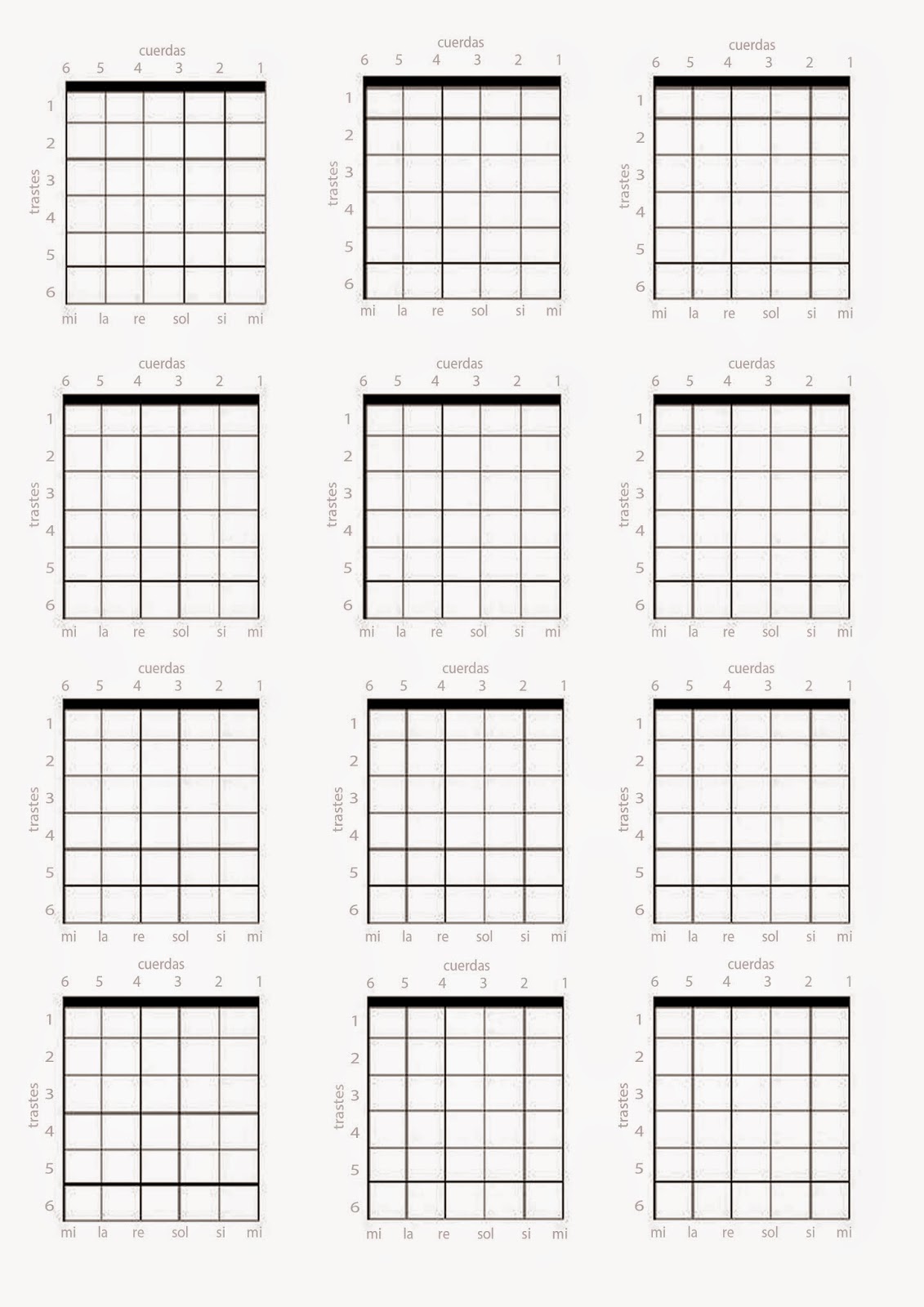Unlocking the Fretboard: Your Guide to Guitar Chord Charts
Imagine this: you're humming a melody, a catchy tune stuck in your head. You pick up your guitar, fingers hovering over the strings, but the right chords remain elusive. This is where guitar chord charts swoop in, like a trusty map guiding you to musical treasure.
Guitar chord charts, often called guitar chord diagrams, are essentially visual representations of guitar chords. Instead of traditional musical notation, they utilize a grid that mimics the guitar's fretboard, showing you exactly where to place your fingers to form chords.
The beauty of these charts lies in their simplicity. They break down complex finger positions into an easily digestible format, making them an invaluable resource for guitarists of all levels, from beginners taking their first steps into the world of chords to seasoned players exploring new voicings and progressions.
But the history of these visual aids runs deep. While their exact origins are hard to pinpoint, their evolution is intertwined with the development of printed music and the rise of guitar-based popular music in the 20th century. As guitar playing gained traction, so did the need for accessible learning tools, and chord charts rose to the occasion.
With the internet age, guitar chord charts have transcended the limitations of print. Online databases and guitar learning apps offer a plethora of interactive charts, complete with audio playback, alternate tunings, and even the ability to slow down and loop sections for practice.
Let's delve into the practicalities. A typical guitar chord chart represents the guitar neck as seen by the player, with six vertical lines representing the strings (from the low E string to the high E string) and horizontal lines representing the frets. Dots on the grid indicate where to press down on the strings, with numbers often specifying which finger to use.
The advantages of using guitar chord charts are numerous. First and foremost, they accelerate the learning curve for beginners, providing a clear, visual guide to chord shapes that might seem daunting when presented in standard notation.
Secondly, they serve as a fantastic tool for exploring new chords and expanding your vocabulary on the instrument. No longer confined to basic open chords, you can venture into the realm of barre chords, seventh chords, and beyond, unlocking a world of harmonic possibilities.
Finally, guitar chord charts foster a deeper understanding of the fretboard. By visualizing the relationships between different notes and chords, you begin to develop fretboard awareness, a key skill for improvisation, songwriting, and overall musicianship.
Advantages and Disadvantages of Using Guitar Chord Charts
While guitar chord charts offer a plethora of benefits, it's also important to acknowledge their potential limitations:
| Advantages | Disadvantages |
|---|---|
| Visually intuitive, making it easier to understand finger placement. | Can limit your understanding of music theory if solely relied upon. |
| Accelerates chord learning, especially for beginners. | May not indicate strumming patterns or rhythmic nuances. |
| Convenient for transposing songs to different keys. | Don't always capture the nuances of different chord voicings. |
To make the most of guitar chord charts, consider these best practices:
- Start with the basics: Master common open chords like G, C, D, Em, and A before venturing into more complex shapes.
- Practice transitioning between chords: Smooth transitions are crucial for seamless playing. Practice switching between chords slowly and accurately before increasing speed.
- Experiment with strumming patterns: Chord charts usually don't indicate strumming. Experiment with different strumming patterns to add rhythm and groove to your playing.
- Use a metronome: Developing a strong sense of timing is vital. Using a metronome while practicing chords helps improve your internal rhythm and keeps you in check.
- Go beyond the chart: While charts are excellent visual aids, don't solely rely on them. Train your ear to recognize chords by their sound, and explore different voicings and inversions to deepen your understanding.
Now, let's dive into some common questions aspiring guitarists often have about chord charts:
- What are the different types of guitar chord charts?
While the basic format remains consistent, you'll encounter variations like open chord charts, barre chord charts, and charts dedicated to specific genres or playing styles.
- Are there specific charts for different guitar types?
Yes, you'll find charts specifically designed for acoustic guitars, electric guitars, classical guitars, and even bass guitars, each catering to the instrument's unique tuning and characteristics.
- Can I use chord charts for songwriting?
Absolutely! Chord charts are valuable songwriting tools. Use them to experiment with different chord progressions, transpose melodies to different keys, and visualize the harmonic structure of your compositions.
- Where can I find reliable guitar chord charts online?
Numerous websites and apps offer a wealth of guitar chord charts. Popular options include Ultimate Guitar Tabs, Songsterr, and Chordify.
- How do I read the numbers and symbols on a chord chart?
Numbers on the grid typically correspond to your fingers (1 being your index finger, 4 being your pinky). Symbols like "O" often indicate open strings, while "X" might tell you to mute a string.
Mastering guitar chords opens up a world of musical possibilities. Guitar chord charts, with their intuitive visual approach, serve as an invaluable tool on your fretboard journey. Embrace the power of these visual aids, practice diligently, and soon, you'll be strumming along to your favorite tunes or even crafting your own melodies.
Raider skull with fire wallpaper your burning questions answered
Unlocking the charm a guide to tagalog pick up lines
Living a more sustainable life examples and inspiration













